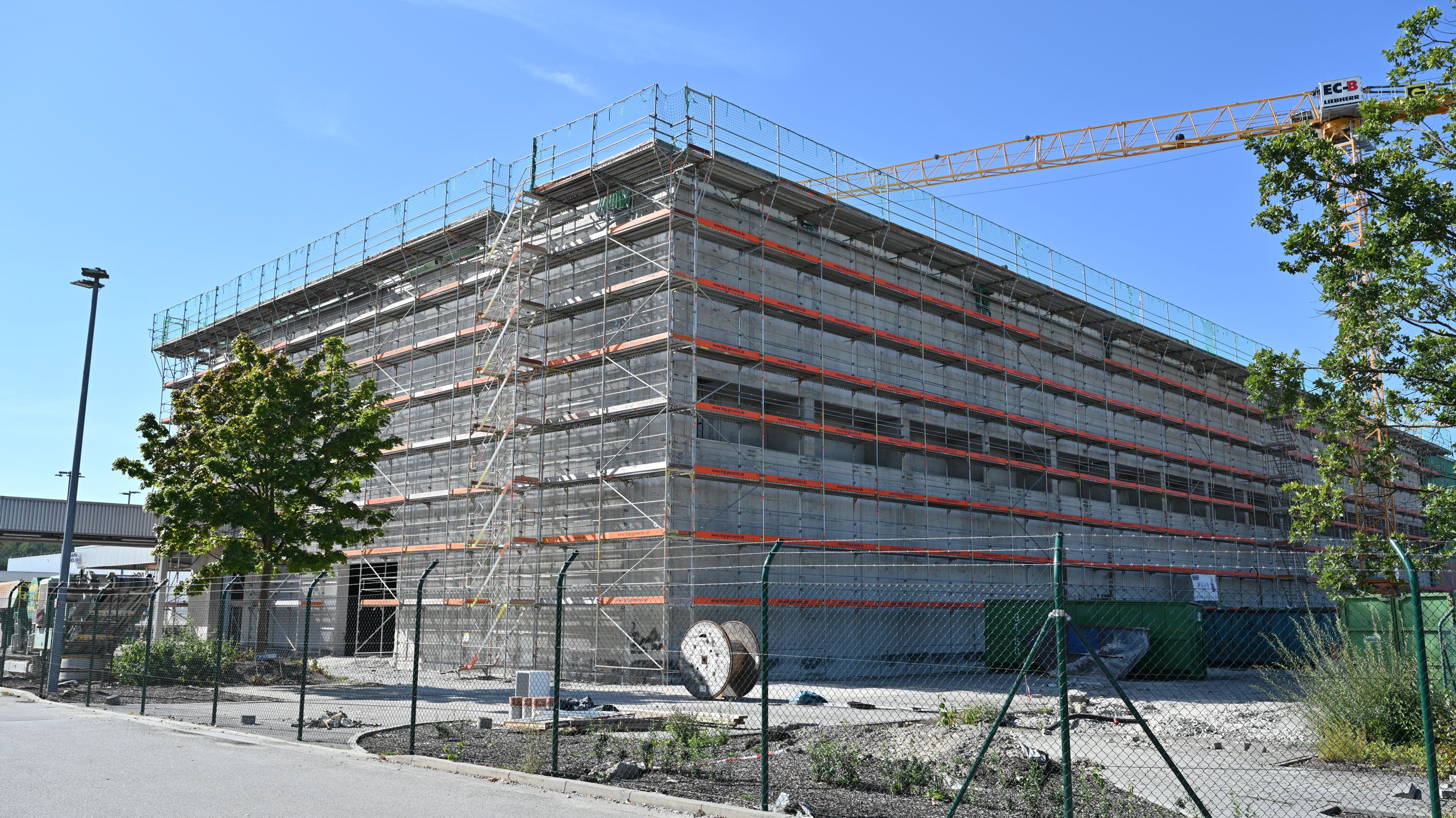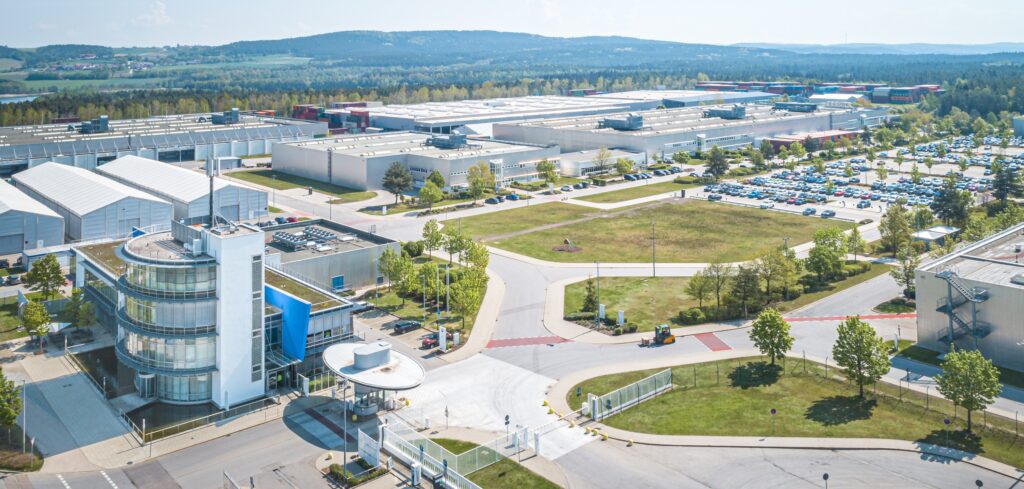BMW Group is following the opening of its new Future Mobility Development Center in the Czech Republic earlier this year with the announcement that it will build a new battery testing facility. The auto maker will invest around €100m (US$105m) between now and 2026 to create the new testing center on its existing site at Wackersdorf in Germany.
Structural work is already underway on the 8,442m2 facility, including installation of a new floor slab for the building. In mid-2024, commissioning of the first section will include battery testers, which will test batteries around the clock, early in their development. Electrical performance of individual battery cells will be determined during charging and discharging under different conditions and in cases that will be relevant for customers. Parallel testing of several hundred battery cells will initially be possible with BMW saying that once the ramp-up is complete, testing capacity will reach several thousand.
In the final phase from 2025 onward, the testing center will also be used to validate the BMW Group’s battery-electric vehicles prior to the official launch of series production. This will include subjecting the batteries to vibration and shock tests using shakers. Complex driving patterns, including charging and discharging cycles, can also be simulated in endurance tests. The facility will also be able to conduct market-specific tests.
“The BMW Group’s Wackersdorf location is set to become a major facilitator for the transformation toward electromobility,” said site manager Christoph Peters. “In addition to supplying our overseas plants, cockpit production and, from 2024, door production for Rolls-Royce models, this will become Wackersdorf’s fourth main area of activity. This, in turn, strengthens our location’s future viability.”
The investment will mainly be focused on test bench technology and upgrades to the building’s existing infrastructure needed for their operation. Hall 80, located on the plant grounds, is currently being remodeled for this purpose. The building, which was originally constructed in the 1980s for the reprocessing facility planned at the time, has quite a history. “Now, this storied building will become a symbol of our plant’s electric future,” said Peters.



